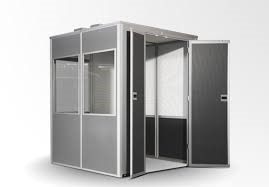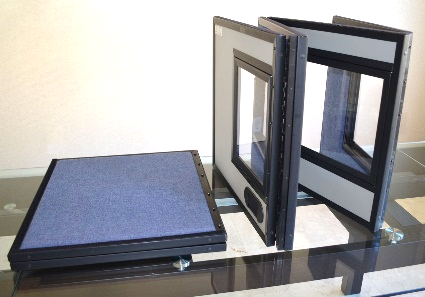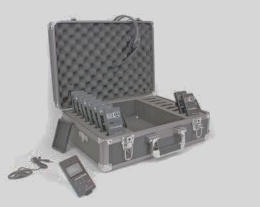Interpretation by Zoom or Conference Call
During the Covid-19 pandemic, interpretation using Zoom, conference calls or other similar methods have become increasingly popular. Call us with your needs and we will give a quote.
In person Interpretation in New York City
You have an upcoming event or a meeting in New York and need an interpreter
We work with the very best and most experienced interpreters and we can help you evaluate your interpretation and equipment needs.
Preliminary Questionnaire
Any preliminary information you can provide us about your program, your group and the format of each meeting or event will greatly help us determine how to best serve you. We are just interested in technical parameters (e.g. type and length of each meeting/session/event, number of participants, number of speakers, etc.). Details about the specific content of your meetings can be provided later on, should you decide to use our services. Thank you in advance. See Preliminary questionnaire for quote
On-Site Interpretation
Three Types of interpretation:
- Simultaneous is the most common type of interpretation. A microphone relays the speaker's voice to the interpreter sitting in a booth. The interpreter than instantaneously translates the speech into the relevant language and the listeners hear the interpretation via headsets. There are full soundproof booths and also table-top booths, which surround the upper body of the interpreter who is seated at a desk or table. We can discuss your event with you and help you with your choice of equipment. Our service can include the on-site equipment and technician.
- Consecutive interpretation is used when simultaneous interpretation is not possible usually due to the lack of equipment, the particular setting and when a majority of the participants do not understand the speaker’s language. The interpreter stands or sits next to the speaker and interprets what is said after the speaker says it. This type of interpretation is punctuated with pauses alternating from the speaker to the interpreter.
In a business meeting between two parties who do not speak a common language the bilingual interpreter sits with the parties and consecutively interprets what each party contributes to the discussion. This same procedure is used for trade shows and interactions with new prospective clients. - Whispering is the least common type of interpretation. The interpreter sits next to the client and whispers the translation of the presentation while it is being made.
Remote Interpretation
Telephone conference calls and Interpreting using Skype conference calls: Includes the interpreter in the loop.

Soundproof Booth
Installation before event start. Presence of a technician. Listening comfort for the participants and good working conditions for the interpreters.

Table-top Booth
Also called a half-booth, it takes up less space than the full booth, but is less comfortable for the interpreters.

Briefcase
No installation required (simple adjustment by the interpreter). More economical than the booth. Good for small groups and meetings. Headsets for everyone needing to listen to the interpretation. Interpreter usually sits in the back of the room or off to the side.
